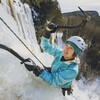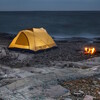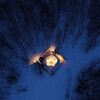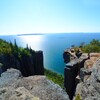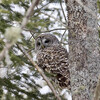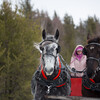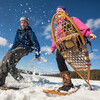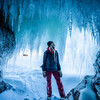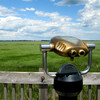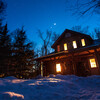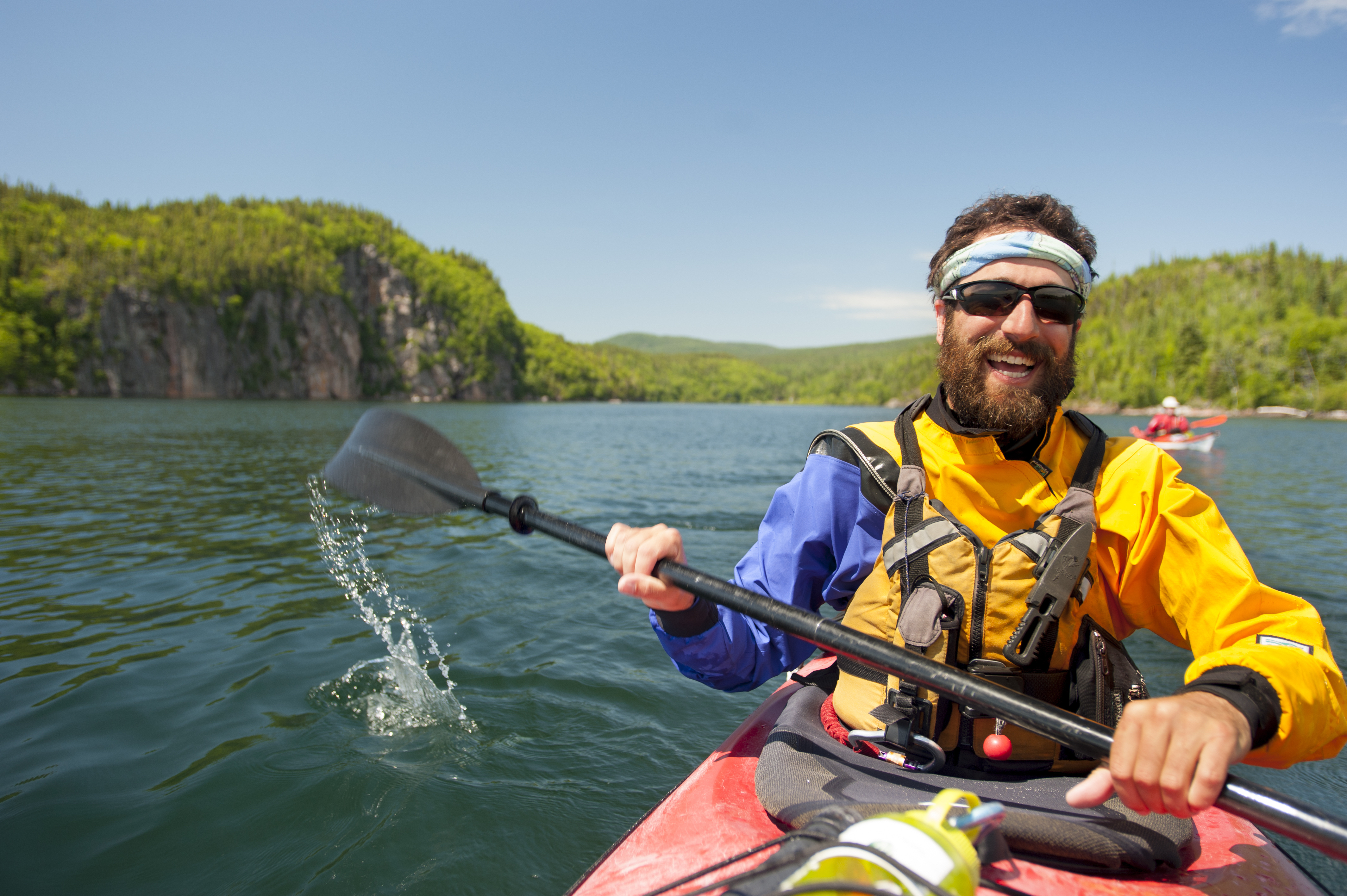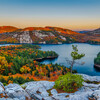
What Inspires a National Geographic Writer?
Note: Paul Steyn visited The Slate Islands in the summer of 2014. This blog captures his experience. It was originally posted in Travel with Heart on National Geographic.com on September 10, 2014.
It’s early in the morning when I hear a soft tap on my tent.
“Let’s go,” Brendan, my Naturally Superior Adventures kayaking guide, whispers.
I open the tent flap. It’s chilly outside, and slightly overcast; not the best conditions to be heading into open water for a sunrise paddle. But it’s now or never. This is our last morning on the Slate Islands and I’m keen to make the most of it, camera in hand.
We are about five miles off the mainland of northern Ontario, camping on the rocky, forested islets that make up the Slate Islands archipelago on Lake Superior. Currently one of Ontario’s unmanaged provincial parks, there’s very little infrastructure on the islands other than remnants of mining and fishing activities and an old lighthouse (on Patterson Island, the largest of the Slates).
One of the most intriguing things about the Slates is the population of rare woodland caribou that can be found there. At first, it seems strange that a species of deer should be found several miles off the coast of Canada. But then I learned of a story that provided a credible explanation.
It was during a cold winter in the early 1900s that a herd of caribou was spotted making its way across a frozen Lake Superior to the islands. When summer arrived and the ice thawed, preventing the caribou from making a return trip, people assumed that they soon would die off. Instead, they thrived—adapting their eating habits to the island flora and happily breeding, free from their traditional predators.
It’s not surprising that the caribou have lived for so long out here—at least to Steve Kingston, director of ecology for Ontario Parks. “Caribou are one of the major evolutionary success stories,” he said to me over dinner one night. “[They've been] around since the time of the woolly mammoth and sabertooth tiger [and] seem to have the ability to just keep going.”
But despite the fact that woodland caribou are flourishing on the islands, Kingston warned, they are not faring well on the whole. They are on the endangered species list, which Kingston attributes to habitat loss. “The Slates are an important refuge for [the caribou]—it’s the densest and most southern population left in North America—so we are studying them carefully,” he reported.
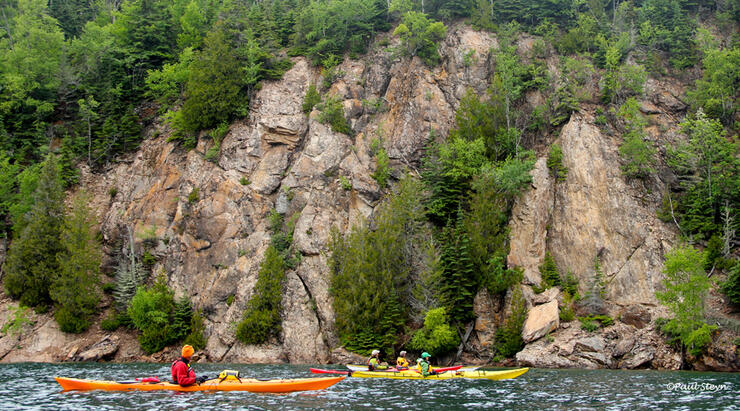
We paddle into a chilly headwind for almost an hour, heading for one of the smaller islands opposite our campsite. We round a deserted beach, hoping to see signs of caribou. I’m not able to pick up any tracks on the rocky coast, so we start heading back towards the mainland of Patterson Island, dreaming of coffee and a warm morning fire. We have almost reached shore when I see something emerge from the tree line.
“Caribou,” I whisper as I scramble for my camera. “And a calf!”
On the cusp of the island, a young caribou is carefully wading out into the water, followed closely by its mother. The excitement builds. Without any discernible signal from its mother, the calf starts to swim out into the lake. After a moment, the mother follows and we watch in silence as the two of them swim toward a nearby island at remarkable speed, with just their heads and necks peeking out of the water.
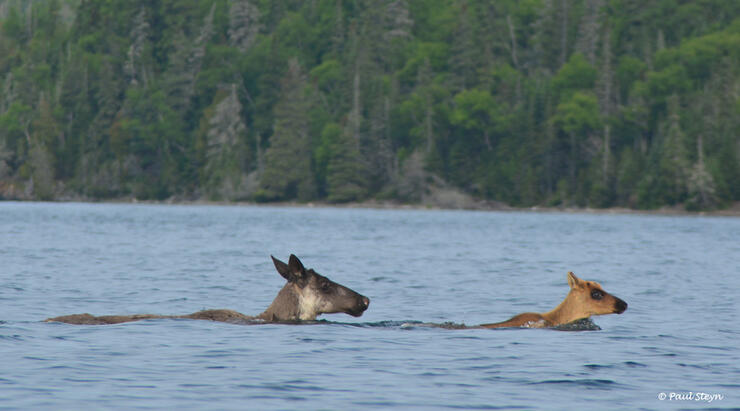
The calf makes landfall first, shaking itself like a wet dog before skipping into the forest, tailed elegantly by its watchful mother.
Brendan and I look at each other and beam with mutual satisfaction. This is a significant moment because, with caribou being slow breeders and especially sensitive to climate change, witnessing this spectacle represents the promise of a new generation.
In fact, it looks like the circumstances that allowed the caribou to cross over to the islands in the first place may just have the power to ensure the species is an evolutionary success story well into the future.
“We have this natural experiment happening on the Slates,” Kingston told me, “where some of the caribou are just wandering across the ice onto the mainland during the cold winters when Superior freezes over. So for me, as a researcher, this is a really exciting time.”
It’s an exciting time for kayakers and nature lovers, too. A park management plan for the Slates is currently being considered, which will make traveling to and camping on these beautiful and inaccessible islands easier. That’s if you’d like it to be easier. If not, go there now while it still remains one of Lake Superior’s last wild frontiers.
Recommended Articles

Want a magical family holiday?

Planning a Family Vacation?
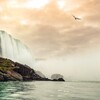
Beyond City Limits
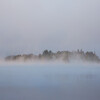
Paddle the waters Less travelled
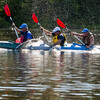
So you think you can paddle
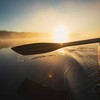
watch World's top canoeing short film
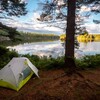
Point Grondine Park Guide
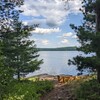
Best Backcountry Camping in Ontario
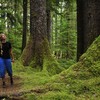
Ontario Parks 30x30 Nature Challenge
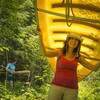
"How to" Videos
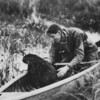
A must-watch video

How to Photograph Icicles

explore Toronto by bike
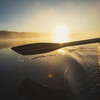
Ray mears on wabakimi

Make Peace with winter

July 15 - FREE DAY USE
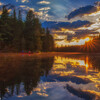
Best Seven Summer Adventures
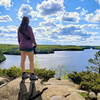
Wow: Best Lookout Points
Pancake Bay: Ontario’s Ultimate Beach Escape
